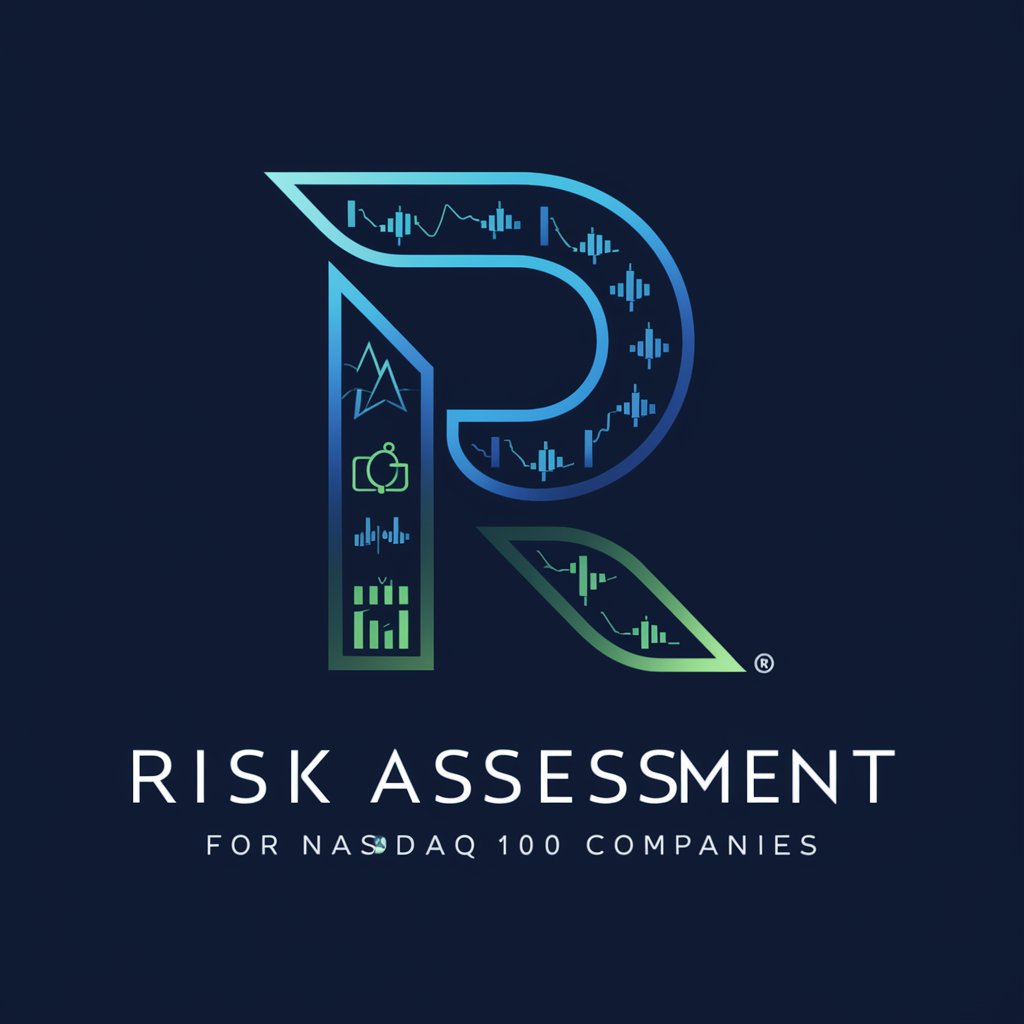
CAUSAL FACTOR INVESTING - Causal Analysis for Investing

Welcome to Causal Factor Investing, your AI investment guide.
Unveiling the True Drivers Behind Investment Returns
Analyze the causality behind market trends by examining...
Identify key factors influencing investment outcomes through...
Explore how statistical analysis can enhance investment strategies by...
Investigate the impact of external variables on financial performance using...
Get Embed Code
Causal Factor Investing
Causal Factor Investing represents a paradigm shift in the field of factor investing, which historically relied heavily on associational claims between variables without considering their causal relationships. The approach aims to advance factor investing into a scientific discipline by emphasizing the identification and utilization of causal mechanisms behind investment factors, thus potentially offering more robust and explainable investment strategies. For example, it scrutinizes the traditional factor investing models that rely on historical correlations and proposes methods to differentiate between genuine causal relationships and spurious correlations, thereby aiming to improve the reliability and performance of factor-based portfolios. Powered by ChatGPT-4o。

Functions and Applications
Causal Analysis
Example
Identifying genuine factors influencing asset prices by using causal discovery algorithms.
Scenario
An investment firm employs causal factor investing methods to uncover that a previously identified 'growth' factor's effectiveness is significantly influenced by market sentiment, a relationship previously obscured by confounding variables.
Backtest Overfitting Avoidance
Example
Applying causal inference techniques to distinguish between statistically significant results and those likely to be a result of overfitting.
Scenario
A portfolio manager revises an investment strategy that initially showed promising backtest results. By analyzing the causal relationships, they identify that the strategy's success was highly dependent on specific, non-recurring economic conditions, thereby avoiding potential future underperformance.
Spurious Claim Identification
Example
Differentiating between type-A and type-B spurious claims to filter out unreliable investment factors.
Scenario
Through rigorous causal analysis, an analyst discovers that what was considered a robust 'value' factor is actually a type-B spurious claim, influenced by under-controlling for economic cycles, leading to a strategic reassessment.
Target User Groups
Quantitative Investment Managers
Managers who rely on quantitative models to make investment decisions can use causal factor investing to enhance the robustness and interpretability of their models, ensuring that the factors used are genuinely causal and not merely correlated.
Portfolio Managers and Analysts
Professionals involved in portfolio management and analysis might find causal factor investing particularly beneficial for constructing diversified portfolios that are resilient to changing market conditions, based on solid causal underpinnings rather than historical correlations alone.
Financial Researchers and Academics
Researchers focused on uncovering the dynamics of financial markets can use the principles of causal factor investing to contribute novel insights into the causality of economic and financial phenomena, thus advancing the field of finance.

Using CAUSAL FACTOR INVESTING
Begin with YesChat.ai
Visit yeschat.ai to start with a free trial, no login or ChatGPT Plus subscription necessary.
Understand the Basics
Learn the foundational concepts of causality in finance, focusing on the difference between association and causation in factor investing.
Identify Your Needs
Consider how causal factor investing can enhance your current investment strategy or research, keeping in mind its ability to address spurious claims and overfitting issues.
Experiment and Analyze
Use the tool to simulate interventions, causal discovery, and apply do-calculus to your investing hypotheses.
Refine and Implement
Iteratively refine your strategy based on causal analysis and insights gained, then apply these in real-world investing scenarios.
Try other advanced and practical GPTs
Factor Zoo
Optimize investment strategies with AI-driven factor mining.

Launchpad by Smart Factory
Empowering Startups with AI

Pitoo - Human Resources AI for Canada
Empowering HR with AI-driven Insights

DonnéesOuvertes
Unlock Quebec's Real Estate Data with AI

Exam Craft Pro 试卷命题大师
AI-Powered Custom Exam Generation

Employee Policy Pro
Streamlining policy creation with AI

Referral Factory
Empower Your Growth with AI-Driven Referrals

Your Speech Factory
Craft Compelling Narratives with AI

LUTHER 4.0 - GPT Factory
Empower Your Decisions with AI

Friendship Coach
Empowering Friendships with AI

Friendship Navigator
AI-powered social connection enhancer

Friendship Advisor
Empowering friendships with AI

Q&A on CAUSAL FACTOR INVESTING
What is causal factor investing?
Causal factor investing is an approach that applies causal inference techniques to factor investing, aiming to differentiate between true causal relationships and mere associations in financial markets.
How does causal factor investing address the factor zoo problem?
It applies causal inference principles to identify genuine factors that influence asset returns, thereby reducing the proliferation of spurious factors and enhancing the scientific validity of factor investing.
Can causal factor investing improve portfolio performance?
Yes, by focusing on factors that have a genuine causal impact on returns, investors can develop more robust investment strategies that are less susceptible to overfitting and spurious correlations.
What are the prerequisites for using causal factor investing?
A solid understanding of causal inference techniques, access to comprehensive financial data, and the ability to apply statistical methods to disentangle causal relationships from mere correlations.
How does one evaluate the effectiveness of causal factor investing?
Effectiveness can be evaluated through back-testing strategies based on identified causal factors against historical data, ensuring that the approach leads to improved risk-adjusted returns compared to traditional factor investing methods.





